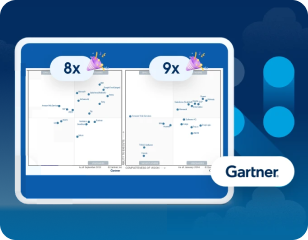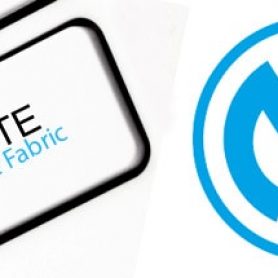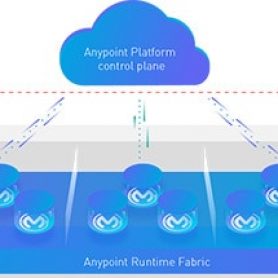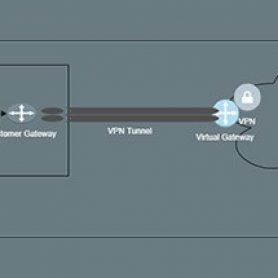From Chaos to Clarity: How Data Integration Drives Efficiency
The average enterprise has data in nearly 1,000 applications, yet only 29% of them are connected. If disconnected data is slowing you down, you’re
How to Build a Customer Company Through Integration
The world has changed, and so has your corporate technology landscape. Worldwide there are roughly 30,000 SaaS companies and about 14 billion customers. The
4 ways real-time inventory updates can save retailers time and money
Using physical stores to support digital shopper traffic might seem counterintuitive, but monthly rental fees are a sunk cost and inventory is already sitting
Connect apps and APIs: Jumpstart your way to an all-digital business
This blog was originally published on the Salesforce blog and was co-written with Ed Cho, Senior Product Marketing Manager on the Platform team. Cutting
Migrating on-premises standalone runtime apps to Runtime Fabric
Standalone Mule runtime engine allows customers to deploy applications in their server, located in the cloud or data center. All application data remains within
How to achieve high availability and reliability with an on-premise topology
IT is under continuous pressure to keep systems available and maximize the uptime to ensure users have an unmatched experience. With the growing number
How to deploy Anypoint Runtime Fabric in Oracle Cloud
Anypoint Runtime Fabric is a container service that automates the deployment and orchestration of Mule applications and API gateways. Runtime Fabric runs within a
Setting up Anypoint VPN with Google Cloud Platform
There are a variety of ways to establish connectivity between Anypoint CloudHub workers and systems deployed on backend customer-hosted or vendor-managed data-centers. One of
How to create Slack integrations with Mule 4
Alexandra Martinez is a member of our Developer Community and has been leading our Meetup Group in Toronto for a few years now. She
How to connect to Apache Kafka on Heroku using the MuleSoft Kafka Connector
Apache Kafka is used for building real-time data pipelines and streaming apps. It is horizontally scalable, fault-tolerant, and incredibly fast. And when coupled with























